
Don’t wear these two types of slippers on the plane—they can compromise your safety
Air travel rewards comfortable clothing, but not every “comfy” choice is safe in a cabin. Footwear matters more than most travelers realize: it affects how well you balance during turbulence, how fast you can evacuate, and how protected your feet are in crowded aisles and cramped lavatories. Below are two types of slippers you should skip on flights, why they’re risky, and what to wear instead.
1) Flip-flops and loose slide slippers
What they are
Open-toe, backless footwear that relies on a toe post (flip-flops) or a single strap (slides). Many are made with thin foam soles and have little traction.
Why they’re unsafe
-
Easy to slip off during turbulence. Sudden jolts are common. If your footwear doesn’t secure to your heel, it can fly off or fold under your foot, causing a stumble in the aisle or on the stairs during boarding/deplaning.
-
Poor protection for toes. In a cramped cabin, rolling carry-ons, meal carts, and dropped items are everyday hazards. Open toes invite bruises and cuts.
-
Weak traction. Smooth, light foam soles slide on polished jetways, metal stairs, and slightly damp lavatory floors. A small skid in tight quarters can twist an ankle.
-
Slow in an emergency. If passengers need to move quickly, loose shoes slow you down or get abandoned, leaving your feet exposed to hot liquids, sharp edges, or debris.
Everyday consequences—even without an emergency
-
Cold feet from strong cabin airflow.
-
Sore arches and heels on long walks through terminals.
-
Higher chance of stepping into moisture in the lavatory (not pleasant, not hygienic).
Better alternatives
-
Secure, closed-toe slip-ons with a grippy rubber outsole.
-
Lightweight travel sneakers with elastic laces or a knit collar (easy on/off at security, but stable in motion).
-
Grip socks only as a backup at your seat—not as aisle footwear.
2) Heeled or platform “slipper” mules (including wedge slides)
What they are
Backless footwear styled like slippers but built with a raised heel or platform. They look more polished than flip-flops, but the heel height and weight distribution change how you walk and balance.
Why they’re unsafe
-
Reduced stability. A raised heel shortens your stride and alters balance. On a moving aircraft—especially while reaching overhead or sidestepping a cart—this increases the risk of a misstep.
-
Trip hazard on stairs and jetways. The extra height catches on edges and transitions (jet bridge thresholds, aircraft stairs, cabin floor joints).
-
Hard, narrow heels and evacuation equipment don’t mix. In an urgent deplaning, you may be told to remove heels; they slow movement and can damage escape equipment. Backless designs are slower to run in or may slip off entirely.
-
Heavier impact on joints. Prolonged terminal walks in heeled mules strain ankles and knees, which already work harder when you’re carrying a bag and navigating crowds.
Everyday consequences—even without an emergency
-
Foot fatigue and calf tightness on longer connections.
-
Less sure-footed steps while handling luggage or children.
Better alternatives
-
Low-profile loafers or ballet-style flats with a secure heel cup and slip-resistant sole.
-
Cushioned walking shoes with 0–20 mm drop (nearly level from heel to toe) to keep your gait natural and steady.
Why this matters: three scenarios to picture
-
Cabin turbulence at cruising altitude. You stand to use the lavatory; the seat belt sign dings on mid-aisle. With a backless, slick-soled slipper, a mild sideways jolt is all it takes to lose footing. A closed-toe shoe with tread gives you purchase to regain balance quickly.
-
Tight turnarounds and crowded jet bridges. The line moves, stops, then moves again. Flip-flops fold under your foot as you step over a bag strap; a stable shoe prevents the “half step” roll that can sprain an ankle.
-
Spills and damp floors. Coffee, ice, or condensation in the galley and lavatories make small slick patches. Thin foam soles act like skates; rubber outsoles with grooves channel moisture away and keep traction.
What to wear instead (safe, comfortable, and easy to pack)
-
Closed-toe slip-on sneakers: Stretchy uppers, cushioned midsole, and rubber outsole. They slide off at your seat but won’t slide off mid-aisle.
-
Supportive flats or loafers: Look smart, protect toes, and work across climates. Choose models with modest cushioning and defined heel cups.
-
Compression or cabin socks: Wear inside your shoes for circulation support; switch to cozy socks only after you’re seated.
-
Packable sandals (for destination use): Keep beach slides or flip-flops in your bag for the hotel pool, not the aircraft aisles.
Fit and features checklist
-
Heel stays securely cupped; the shoe doesn’t lift off when you walk.
-
Outsole shows visible tread and feels slightly tacky, not slippery.
-
Roomy toe box to allow for in-flight foot swelling.
-
Breathable upper (mesh, knit, or perforated leather) for long wear.
-
Easy on/off without being backless.
Hygiene and comfort tips (bonus points for long flights)
-
Bring a spare pair of socks in your personal item; change if your feet get cold or you spill a drink.
-
If you remove shoes at your seat, never walk the aisle or enter the lavatory in socks or bare feet. Slip your shoes back on first.
-
For overnight flights, consider thin insoles for support and a travel-size wipes pack to freshen your insoles after landing.
-
Keep foot space clear under the seat so your shoes aren’t a tripping hazard if you need to move quickly.
Quick summary
-
Avoid:
-
Flip-flops and loose slide slippers — unstable, open-toe, poor traction.
-
Heeled/platform slipper mules — altered balance, trip risk, slow movement.
-
-
Choose: Closed-toe, grippy, supportive shoes that stay on your feet and come off easily when you’re seated.
The goal isn’t to dress formal; it’s to stay in control if the plane shifts, the aisle gets crowded, or you need to move fast. Pick footwear that supports your balance, protects your toes, and grips the floor—comfort you’ll appreciate both in the air and all the way to baggage claim.
News in the same category


Put a Handful of Pepper Under the Bed and Something Unexpected Happens—Something Bed Sellers Never Tell You
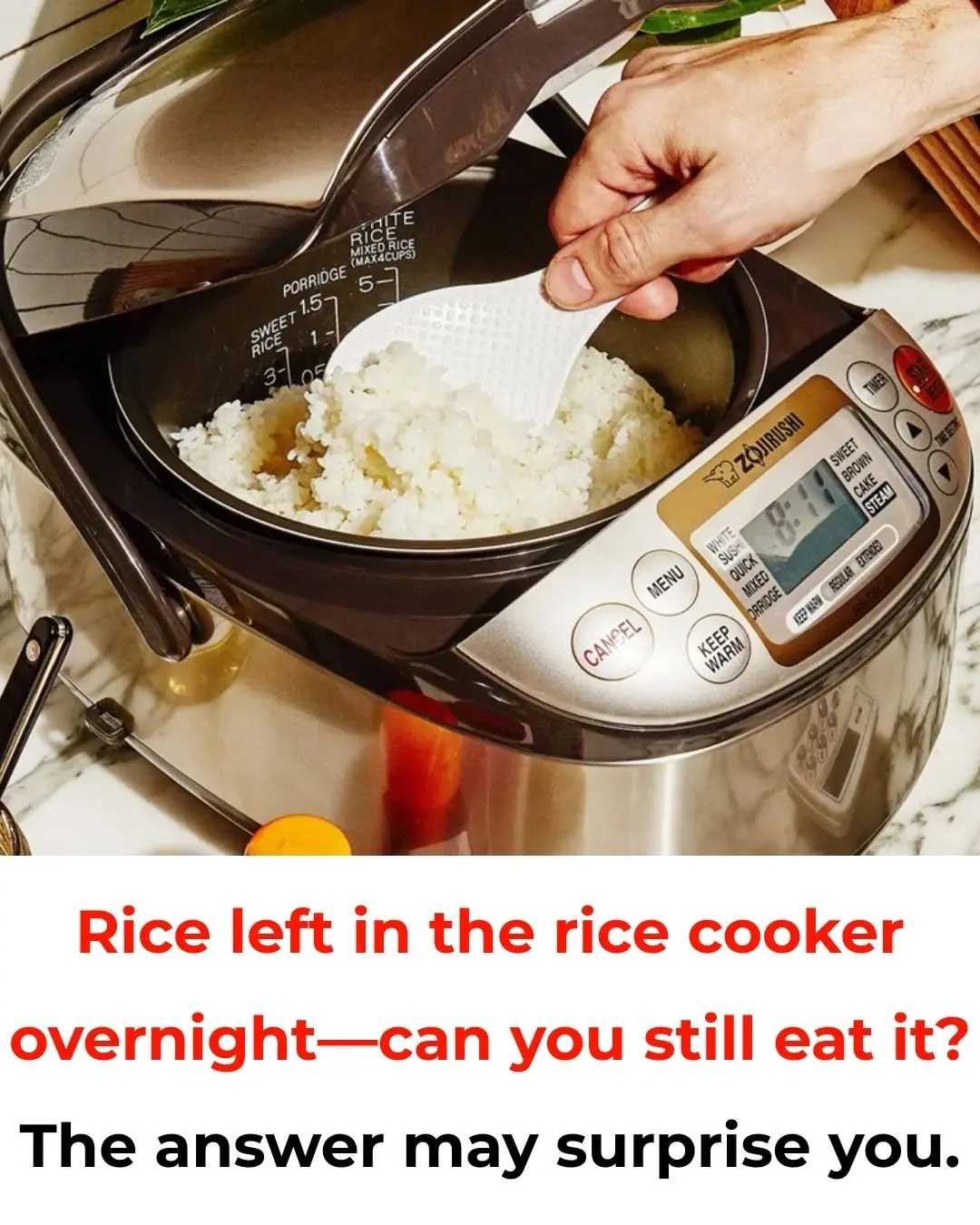
Rice Left in the Rice Cooker Overnight—Can You Still Eat It? The Answer May Surprise You
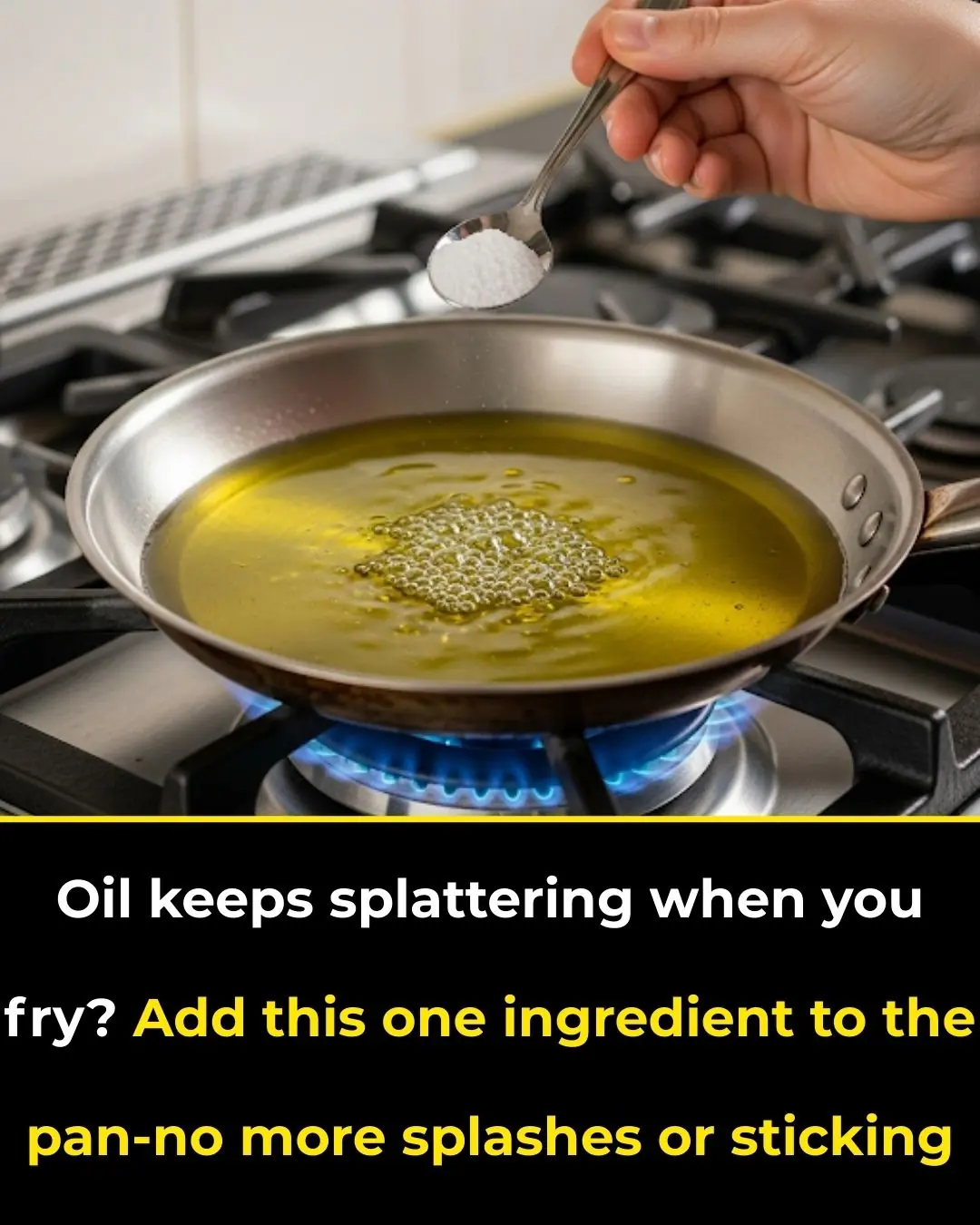
Oil Keeps Splattering When You Fry? Add This One Ingredient to the Pan—No More Splashes or Sticking

Clogged Kitchen Sink Drain? Don’t Rush to Call a Plumber—Try This to Clear It and Eliminate Odors
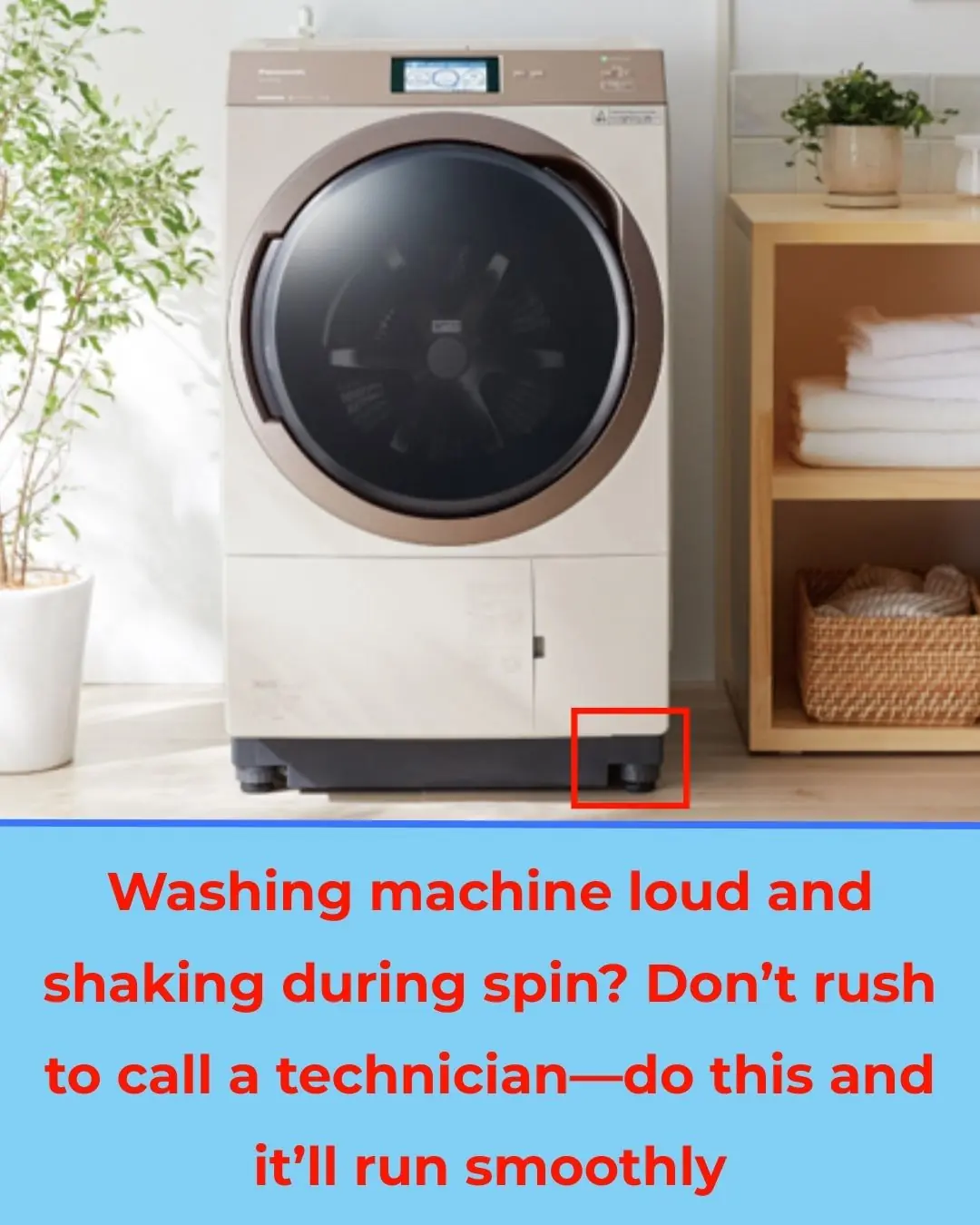
Washing Machine Loud and Shaking During Spin? Don’t Rush to Call a Technician—Do This and It’ll Run Smoothly
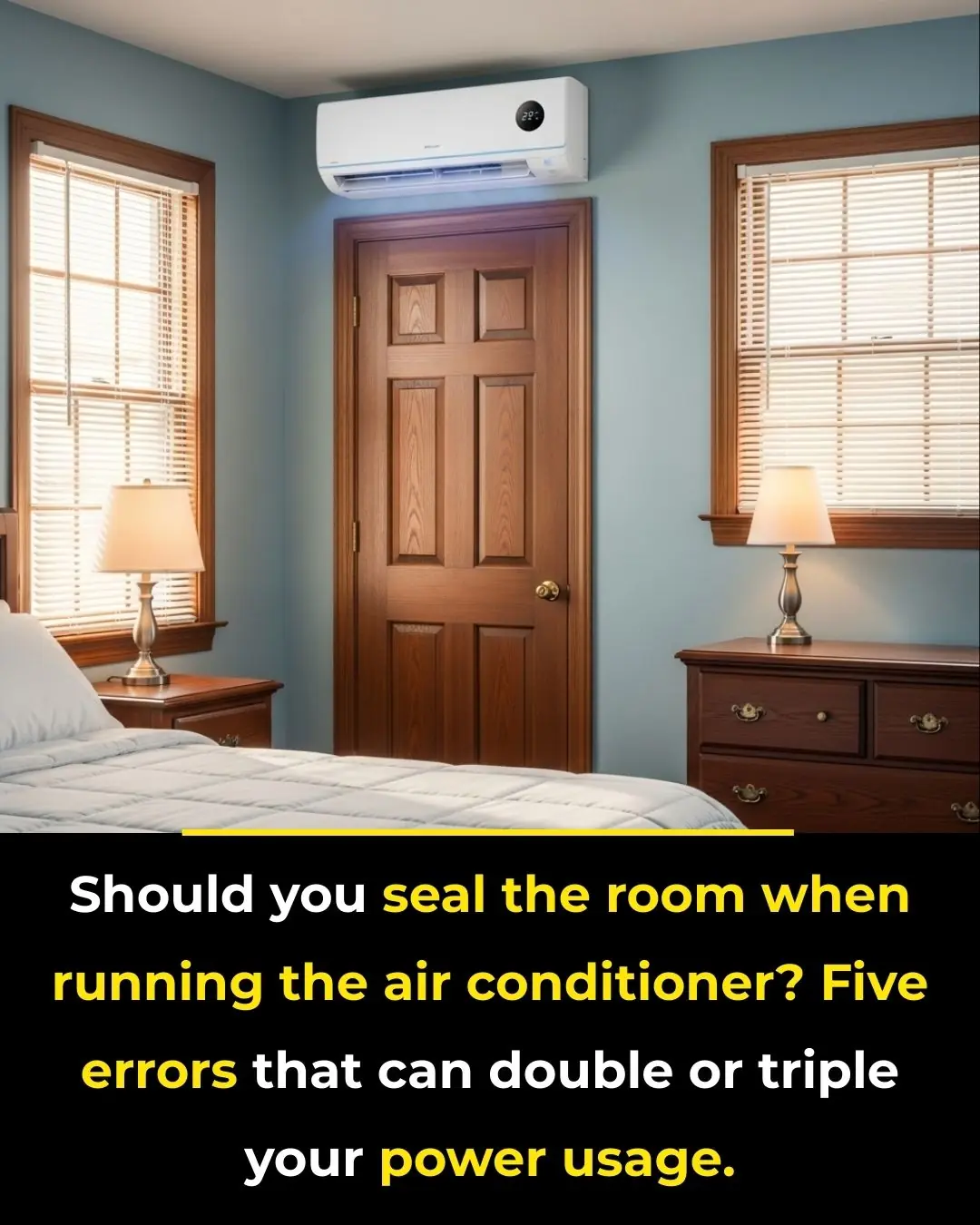
Should You Seal the Room When Running the Air Conditioner? Five Errors That Can Double or Triple Your Power Usage

Using an Electric Kettle: 9 Out of 10 Homes Make This Common Mistake – It’s Worth Reminding Family to Correct It Early
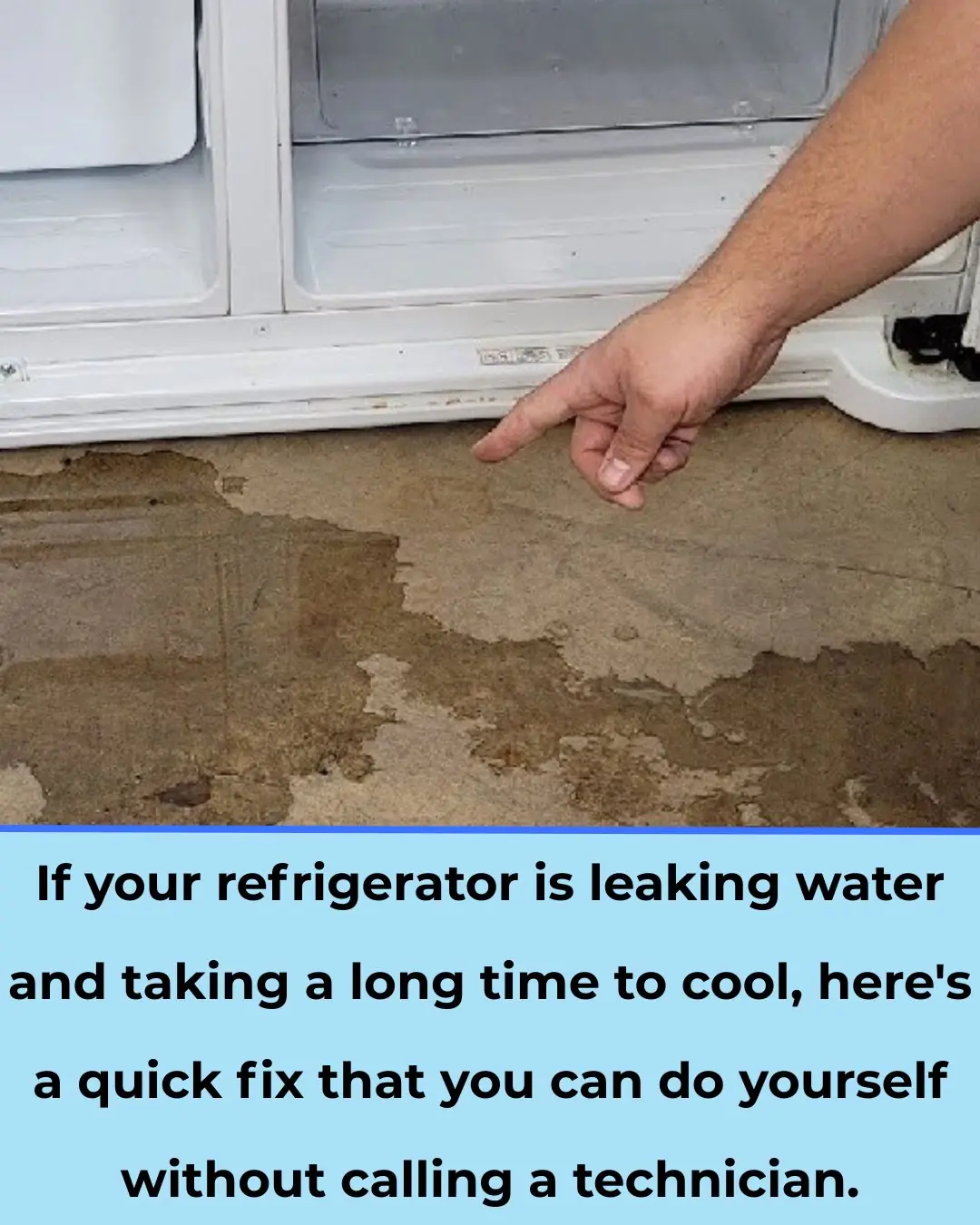
Fridge leaking water and cooling slowly? Do this quick DIY before calling a tech
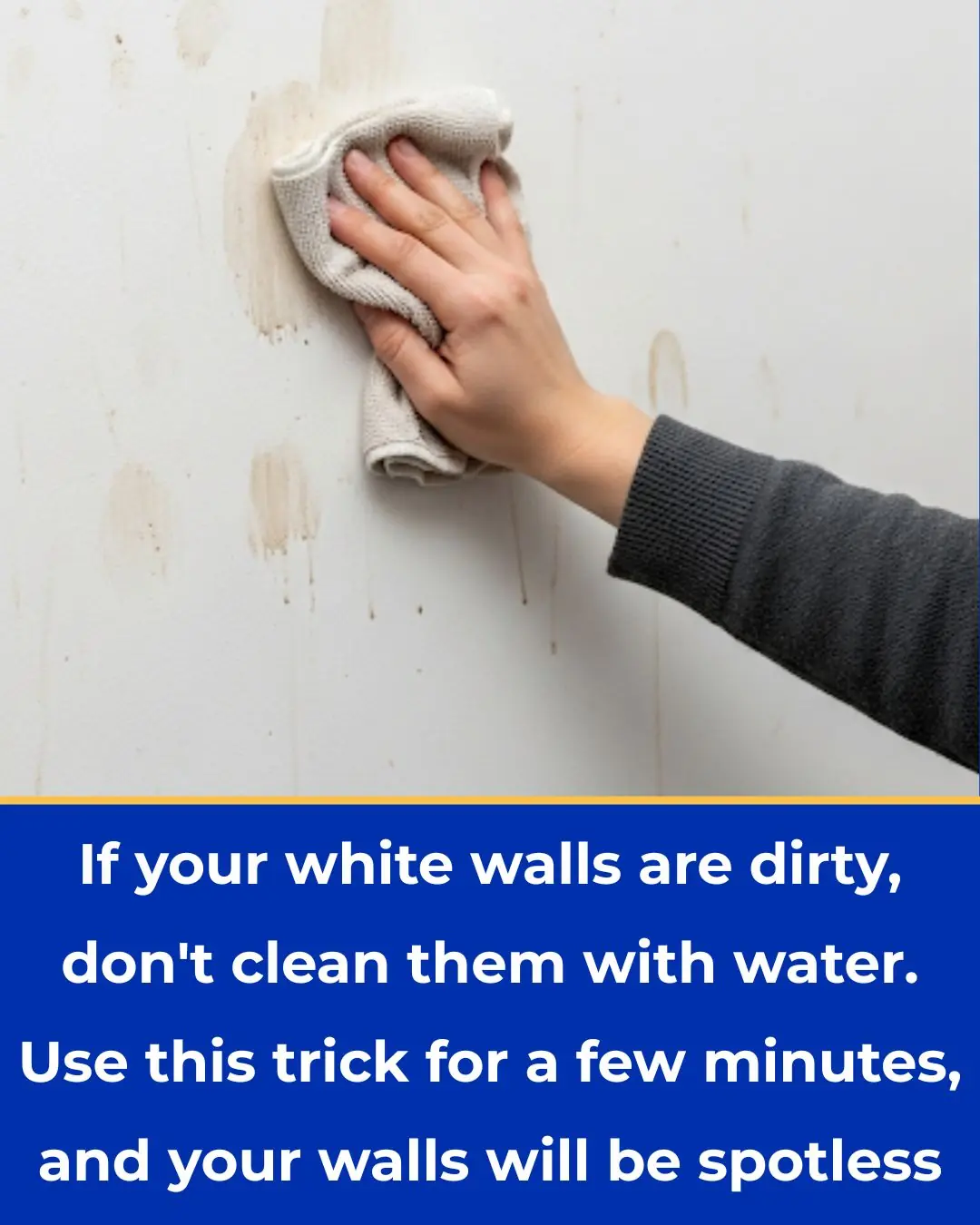
If your white walls are dirty, don’t use water—try this 5-minute “dry-clean” trick

8 types of plants that snakes avoid, do not dare to plant them near your house.
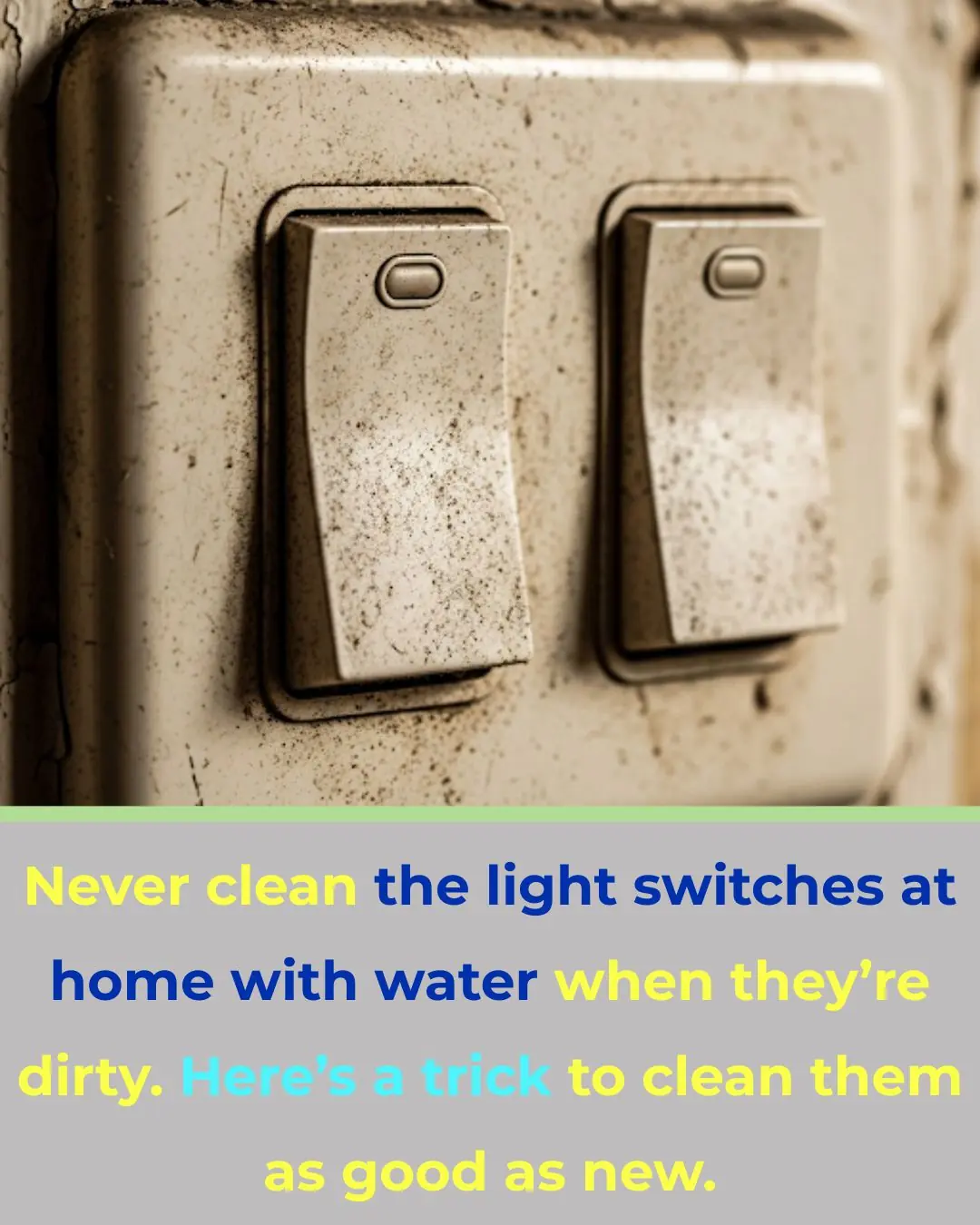
Never clean light switches with water—use this safe, foolproof method instead
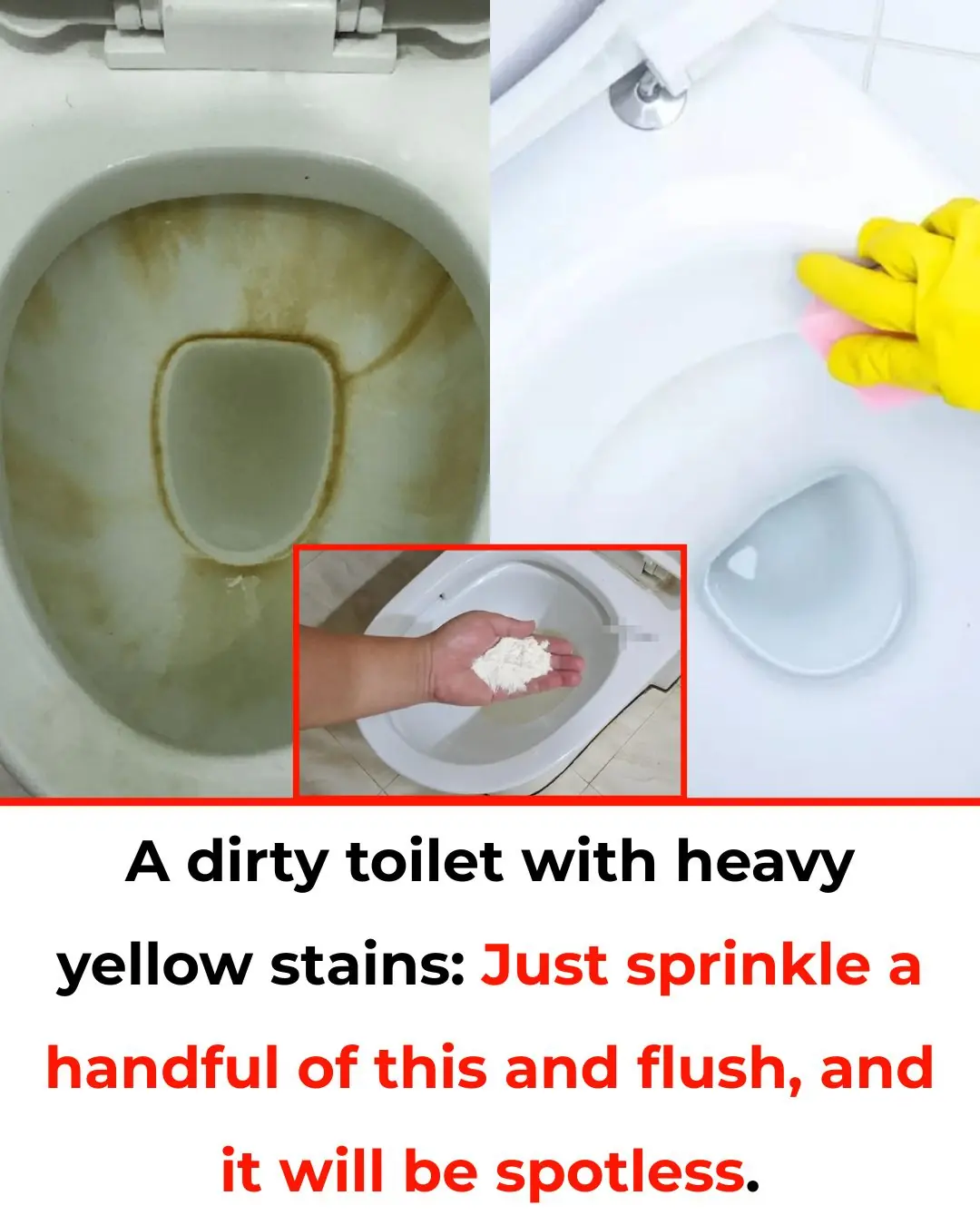
A dirty toilet with heavy yellow stains? Sprinkle a handful of THIS and flush (the safe way to make it spotless)

No matter how rich you are, don’t place these 4 items next to the TV — or you’ll face many disadvantages
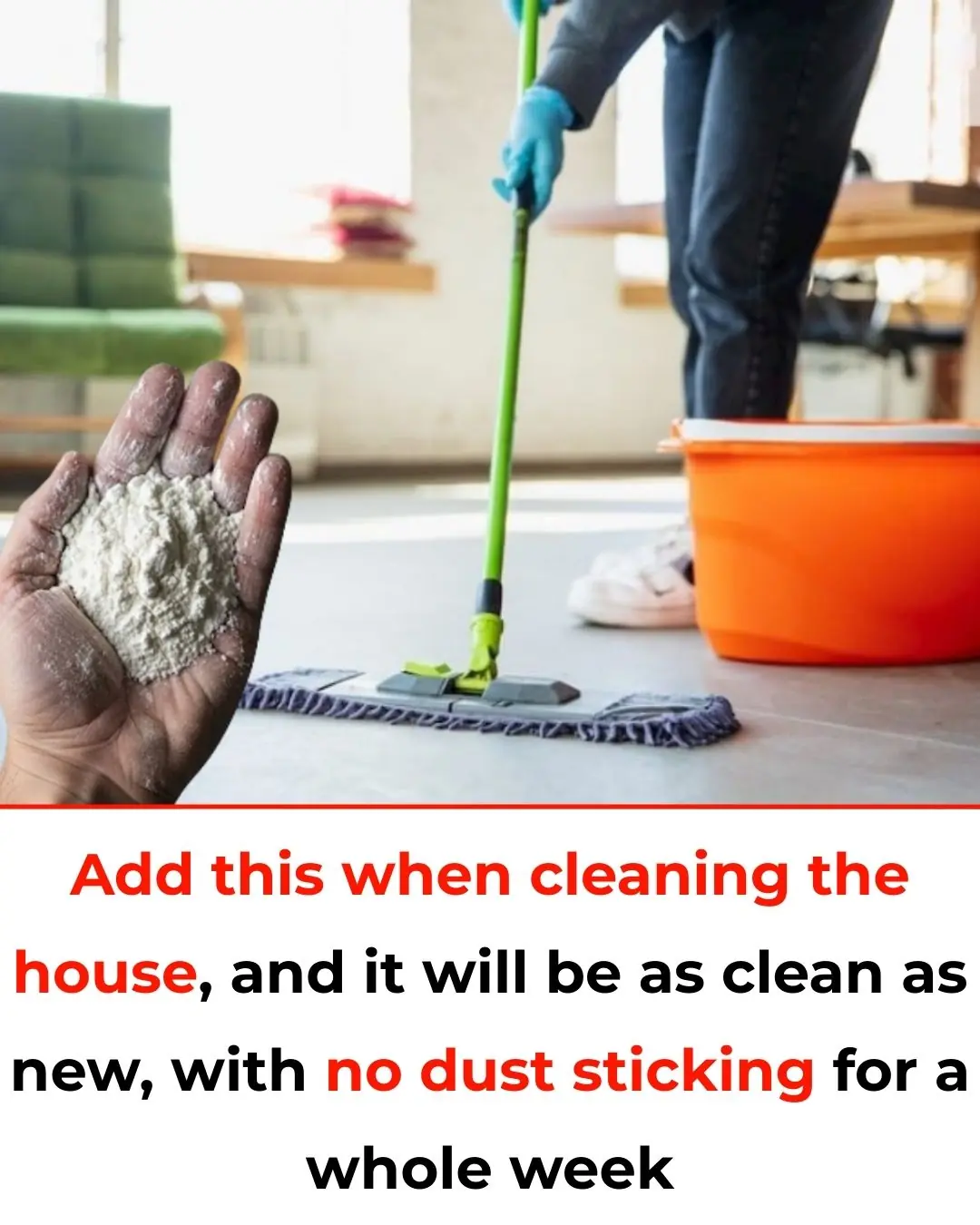
The Secret Ingredient for a Dust-Free Home for a Whole Week

The Super Vegetable That Grows Green and Is Packed with Vitamin C—10 Times More Than Oranges and Lemons!

Why Smart People Keep This Jar in the Bathroom: The Surprising Benefits You Need to Know

The Hidden Function of the Small Hole in Your Sink: Why It's Actually Essential
News Post

Rob Gronkowski forgot he invested $69,000 in Apple and ten years later the value has completely changed his net-worth

Scientists discover that powerful side effect of Ozempic could actually reverse aging
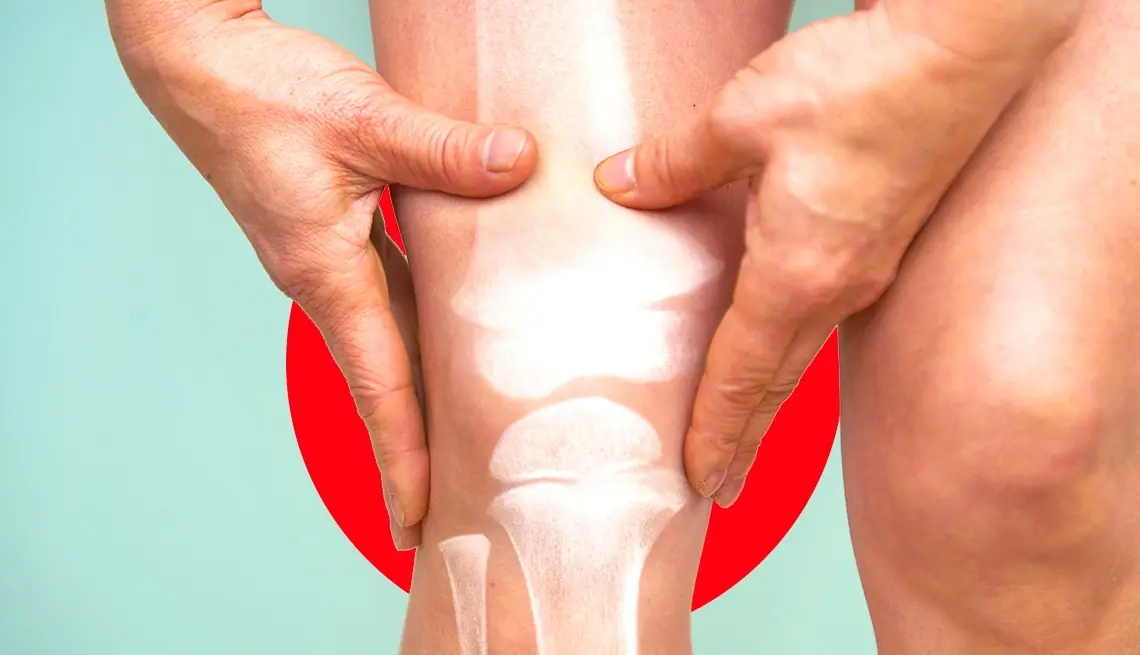
5 Common Habits That Are Slowly Destroying Your Knees Right Now
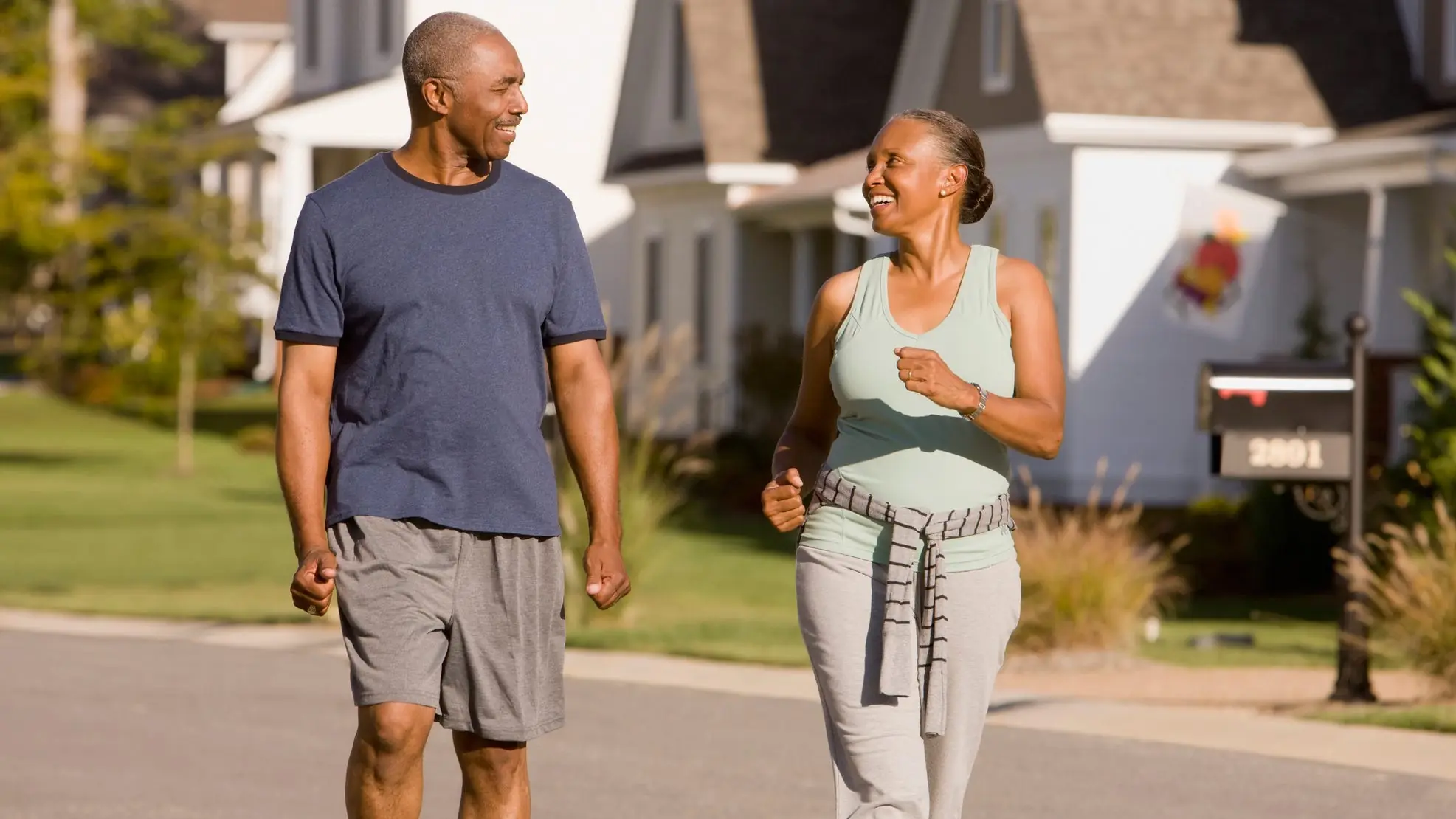
14 Powerful Benefits of Walking That Completely Change Your Body and Mind

These 5 Foods Are Fueling Cancer in Your Body. Number 1 Will Surprise You
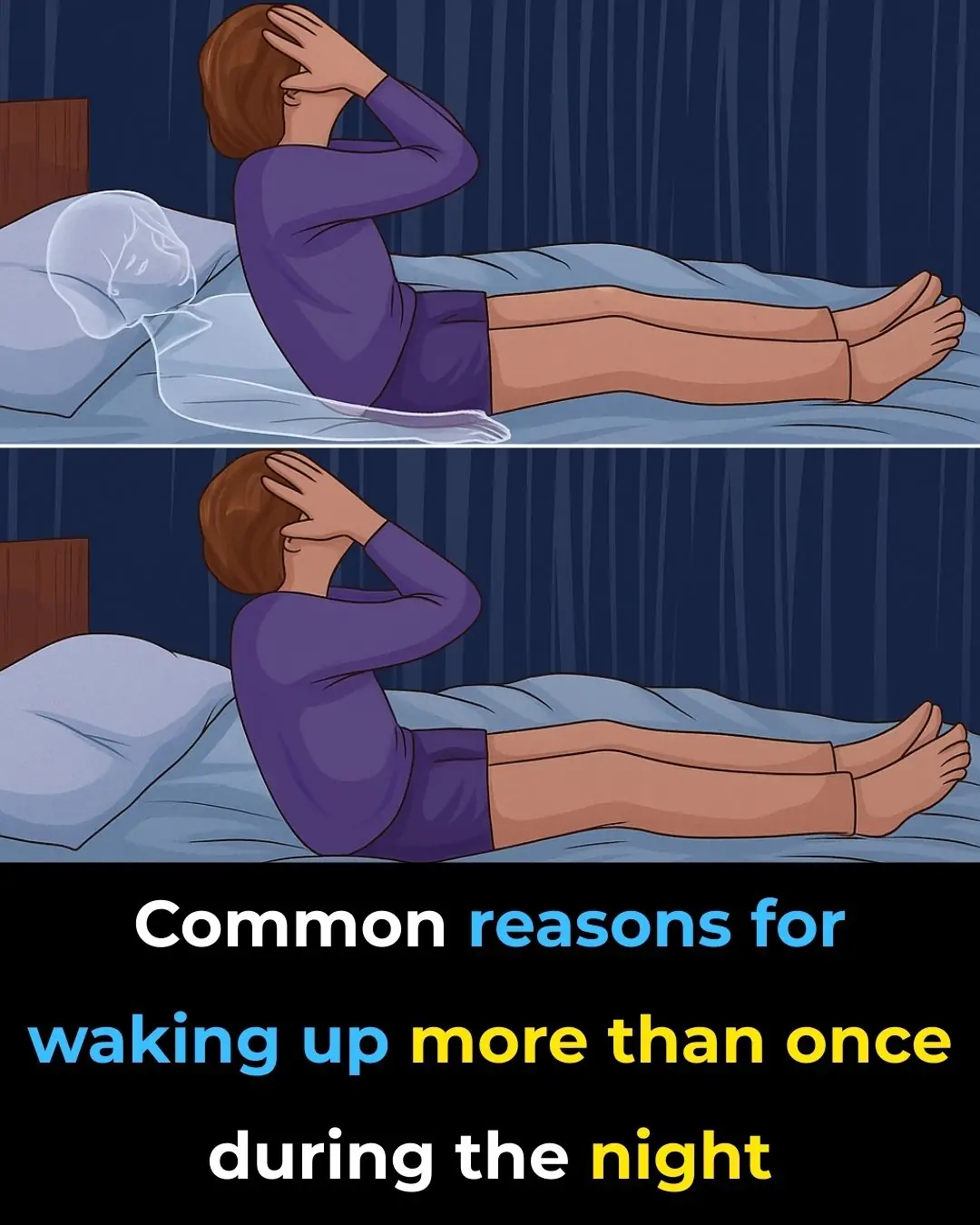
8 Common Reasons For Waking Up at Night
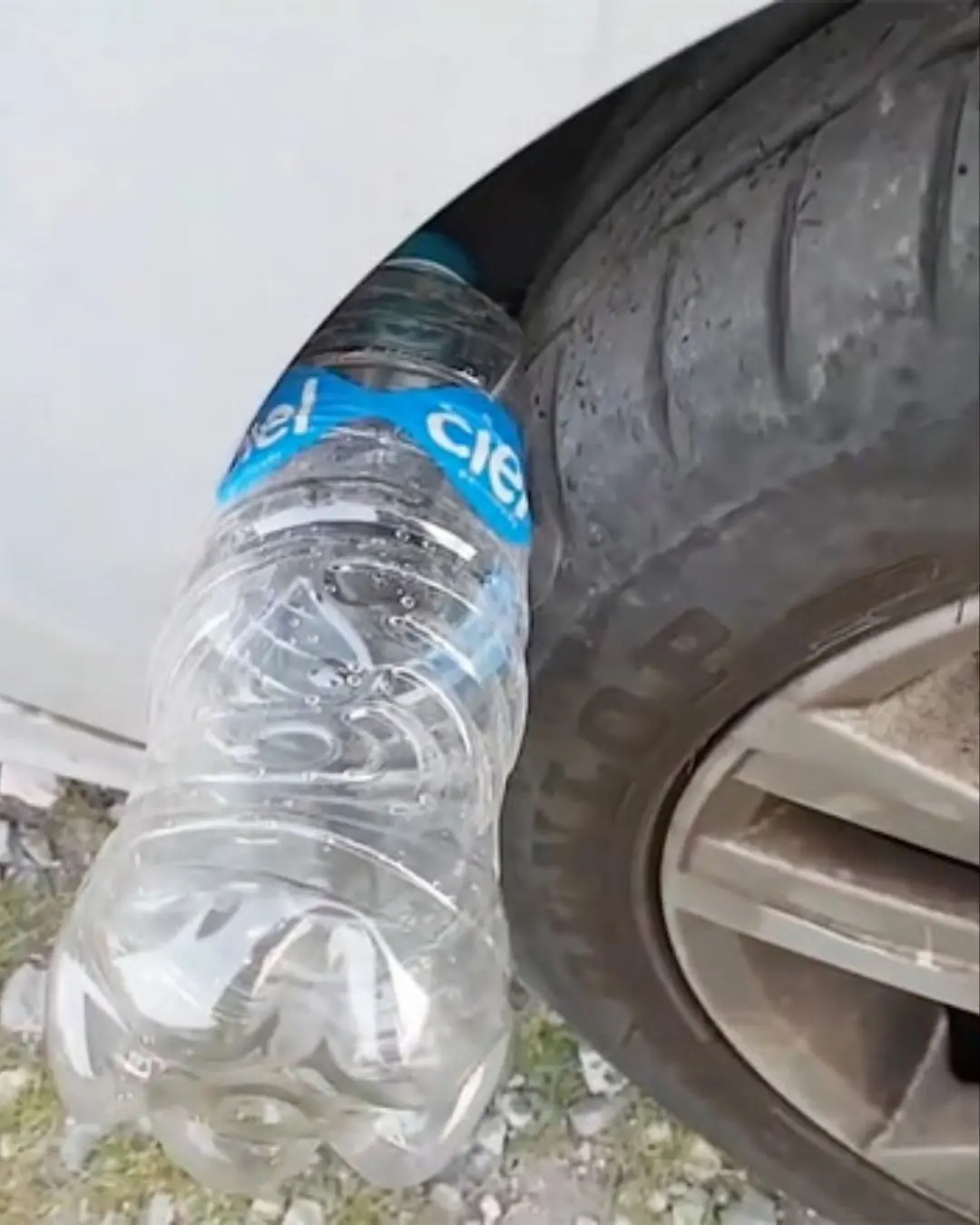
Beware of the Plastic Bottle Scam: A New Car Theft Tactic

Scientists warn ancient Easter Island statues could vanish in a matter of years

NASA astronaut describes exactly what space smells like and it's not what you'd expect

Don’t Clean the Fridge with Plain Water—Mix This In and It’ll Be Spotless and Odor-Free

Put a Handful of Pepper Under the Bed and Something Unexpected Happens—Something Bed Sellers Never Tell You

Rice Left in the Rice Cooker Overnight—Can You Still Eat It? The Answer May Surprise You

Oil Keeps Splattering When You Fry? Add This One Ingredient to the Pan—No More Splashes or Sticking

Clogged Kitchen Sink Drain? Don’t Rush to Call a Plumber—Try This to Clear It and Eliminate Odors

Washing Machine Loud and Shaking During Spin? Don’t Rush to Call a Technician—Do This and It’ll Run Smoothly

Should You Seal the Room When Running the Air Conditioner? Five Errors That Can Double or Triple Your Power Usage

Using an Electric Kettle: 9 Out of 10 Homes Make This Common Mistake – It’s Worth Reminding Family to Correct It Early

Early Signs of Kidney Disease and How to Protect Your Kidneys (Evidence-Based)
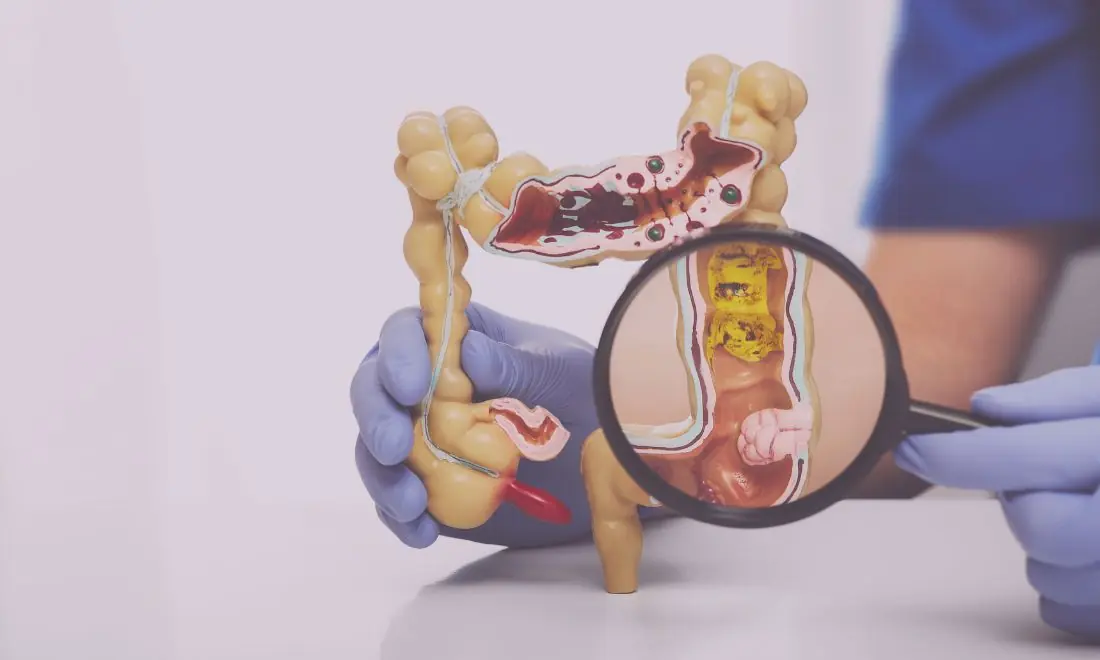
Colon Cleansing with Kefir and Flaxseed: A Natural Approach
